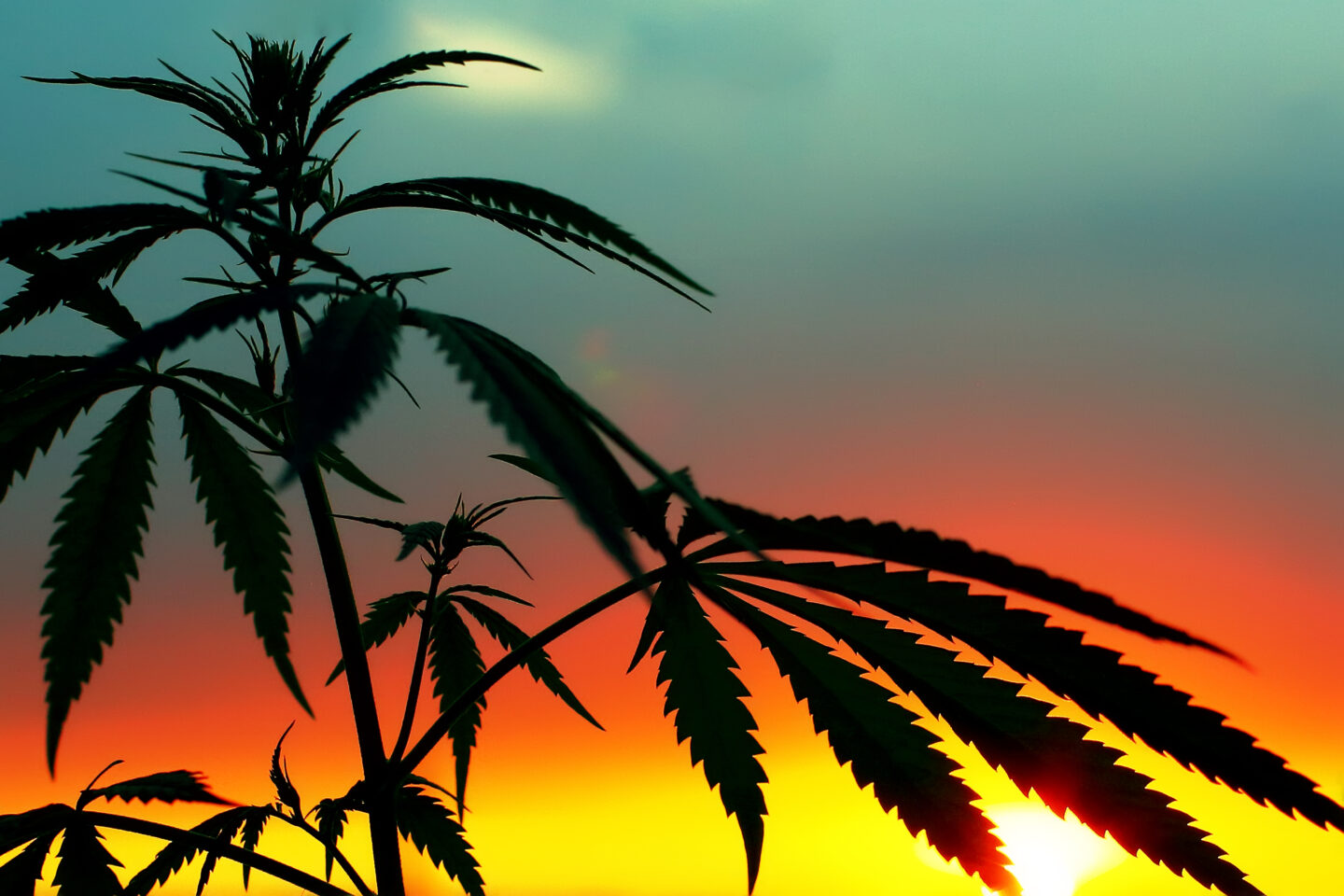
USDA approves low-THC hemp plants for production and breeding in the US
A genetically modified hemp plant strain that produces little to no THC has been approved by the U.S. Department of Agriculture as safe for cultivation and breeding on U.S. soil.
The USDA’s Animal and Plant Health Inspection Service (APHIS) last week released a notice about the plants, prepared and submitted by Indiana-based Growing Together Research, a biotechnology company specializing in cannabis, hemp, psychedelics and agriculture. APHIS regulates the “movement of organisms modified or created through genetic engineering.”
“APHIS determined that this modified hemp is unlikely to pose an increased plant pest risk compared to other cultivated hemp,” the USDA notice said. “Therefore, it is not subject to regulation under 7 CFR Part 340. From a plant pest risk perspective, this hemp can be safely grown and grown in the United States.”
Growing Together Research announced in June this year that they had succeeded in modulating the expression of Delta 9 THC in plants. They cited the reason for their experiment as an attempt to help U.S. hemp farmers whose crops were “hot,” or above the established THC limit of 0.3%, where the law requires the entire crop to be destroyed.
The same announcement from GTR also hinted at ongoing experiments trying to get cannabis plants to produce more THC than normal, a feat that I can only assume will resonate much more favorably with the majority of High Times readers will arrive.
“Based on its proven ability to ‘turn down’ or ‘turn off’ the genes that encode THC expression, GTR is now applying the same techniques to ‘turn up’ THC expression.” GTR will soon be in collaboration with Canada-based academic and commercial partners will begin developing a cannabis strain with enhanced THC expression. An initial batch of high-THC strains is expected to emerge by the third quarter of 2023,” GTR said in June.
An announcement for the superweed has not yet been released, but GTR estimates that between 2018 and 2020, nearly 10 percent of America’s hemp crop had to be destroyed due to tests showing excessive delta-9 THC levels. They also note that current testing methods could result in inconsistent levels of THC and other cannabinoids in hemp-derived products.
GTR explained their ability to modulate THC levels up and down as a “delta-9 regulator,” which they activate by editing certain genes. They likened the process to a menu of genetic traits that their genomics platform essentially allowed them to choose from. This supposedly allows them to block or promote the production of delta-9 THC, the compound traditionally associated with the “high” of cannabis.
“Understanding the mechanisms of the THC pathway is perhaps the most important component to truly unlocking the potential of cannabis and hemp,” said Sam Proctor, CEO of GTR. “We are very pleased with our results to date and look forward to driving further innovation to benefit stakeholders across the cannabis and hemp supply chain.”
Based on the USDA announcement, it was not immediately clear whether these new hemp genes will contain altered or reduced levels of hemp-derived cannabinoids such as Delta-8 THC, which have skyrocketed in popularity since Donald Trump banned commercial hemp production as part of the Farm Bill legalized in 2018.
Hemp-derived gummies, vapes, and isolates can now be found in head shops across the country, even in certain states where cannabis is still illegal for medical and recreational purposes. This includes the sale of “THC-A flower”, also known as regular cannabis flower, which has been tested in a specific way to circumvent Delta-9 THC regulations by producing the THC in its decarboxylated form, THC-A, is left.
Further clarification may soon come on the new hemp plants, as the USDA has been tasked primarily with determining whether the genetically modified hemp plants pose a “plant pest risk,” rather than with regulations on the compounds contained in the plant, which largely follow the law The FDA and DEA are left to decide. This is due to the Plant Protection Act, which gives the USDA the “authority to oversee the detection, control, eradication, suppression, prevention, or retardation of the spread of plant pests in order to protect the agriculture, environment, and economy of the United States.” .”
After thorough review, the USDA concluded that GTR’s new dietary hemp plants pose no plant pest risk. Therefore, unless further clarification is provided by other federal authorities, the plants may be freely grown and bred throughout the continental United States.

Post a comment: